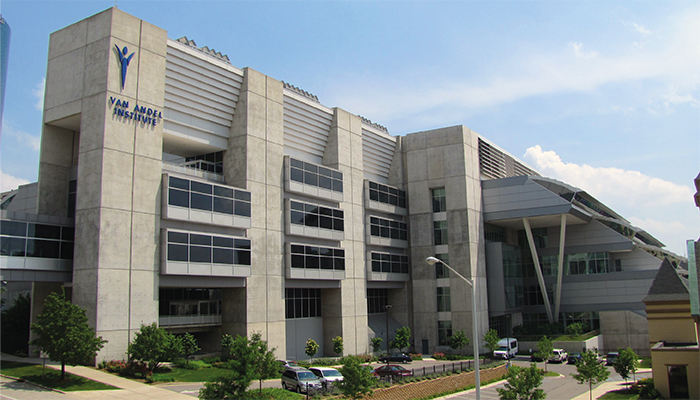
Credit: John Eisenschenk, CC BY 2.0
Essential Reading
The Debate Continues!
Earlier this month, we reported on research led by Gary Siuzdak and Martin Giera, which suggested that in-source fragmentation (ISF) could account for over 70 percent of the peaks observed in typical LC-MS/MS metabolomic datasets – making it partially responsible for the so-called “dark metabolome.” Siuzdak and Giera’s research has caused quite a stir online – sparking debates over how LC-MS data is being interpreted. Many have also asked how ISF compares to MS/MS 0 eV data. “They match very closely (e.g., NAD & sphingosine), said Siuzdak on Twitter/X. “However we generally find higher levels of fragmentation with ISF than MS/MS at 0eV. “The bottom line is that our 70% of number of peaks being ISF is conservative, and the number of peaks due [to] ISF fragmentation is likely higher. Note the consistency, and the increase in intensity of NAD's and sphingosine's ISF fragments compared to MS/MS at 0eV.”
More Metabolomics Mayhem
In other metabolomics news, scientists at Van Andel Research Institute, USA, have identified more than 1,000 previously undetected proteins in common metabolite samples; these persist despite extraction methods designed to remove them. The authors believe the findings could have “broad-reaching implications across all research fields using metabolomics and molecular metabolism.” In the paper, the team provides a practical solution to mitigate the problem using 3 kDa filtration. "Ensuring that our phenotypes are free of any confounding proteins is critical to attaining accurate results,” said corresponding author Ryan Sheldon in a press release. “Our findings help us do just that."
Life in the Old Analyzer Yet
For many laboratories, investment in next generation instrumentation is cost prohibitive. But what if you could give your dusty old mass analyzer a makeover? How close could you get to modern performance capabilities? Well, Spectrowiss researchers, in collaboration with Krankin Leach from the University of Georgia, took a 2005 LTQ Orbitrap XL and enhanced it via an external high-performance data acquisition and processing system. For mass spectrometry imaging, the legacy Orbitrap-turned FTMS system performed comparably with current platforms in terms of mass resolving power, mass accuracy, and dynamic range. In fact, the authors said:
“We also demonstrate, perhaps, the unexpected ability of these legacy platforms to detect usable time-domain signals up to 5 s in duration to achieve a mass resolving power 8× higher than the original platform spec.”
Worth Your Time...
The accumulation of microbiota-derived toxins associated with abnormal bowel movement frequency precede organ damage and may be drivers of chronic, aging-related diseases, multiomic study finds. Link
Tampon use is a potential source of exposure to toxic metals, including lead, according to inductively coupled plasma mass spectrometry (ICP-MS) analysis of microwave-acid digested tampon samples. Link
Mayo clinic researchers use single-cell and single-nuclei proteomics to understand cellular heterogeneity including post-translational modifications and variants which cannot be achieved through single-cell genomics. Link
OMass Therapeutics team install a novel, enhanced declustering device into the first pumping region of a cyclic IMS-enabled mass spectrometry platform, allowing for native top-down analysis of membrane protein complexes. Link
Researchers from University of Liège propose a complete MALDI-MSI workflow to extract ions of interest gathered from various experimental conditions with high confidence. Link
Community Corner
MSRC Welcomes New Director
Jeffrey Spraggins has been named director of Vanderbilt University Mass Spectrometry Research Center, Nashville, Tennessee, USA.
Spraggins, an associate professor of cell and developmental biology, biochemistry, and chemistry, will succeed MS imaging pioneer Richard Caprioli, who established the MSRC in 1998 but who is retiring this summer.
“With immense gratitude to Richard for his years of leadership and mentorship, I am thrilled to have the opportunity to lead the MSRC into its next chapter. The unique combination of talented personnel and trainees, immense technical resources, and the interconnectivity between the research and development labs and core services has always made the MSRC a special place for mass spectrometry,” Spraggins said.
We wish Richard all the best for his retirement. And good luck to Jeffery!




